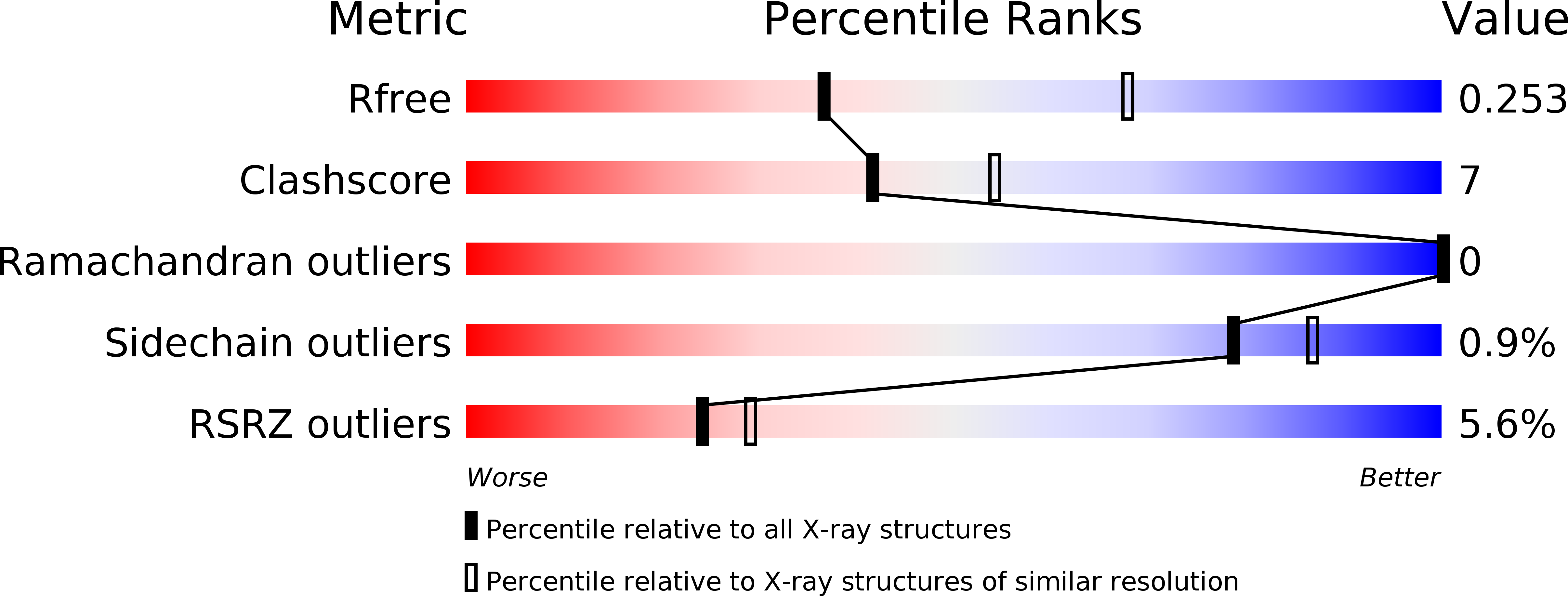
Deposition Date
2016-09-05
Release Date
2017-04-19
Last Version Date
2024-11-13
Method Details:
Experimental Method:
Resolution:
2.75 Å
R-Value Free:
0.25
R-Value Work:
0.20
R-Value Observed:
0.21
Space Group:
F 4 3 2


